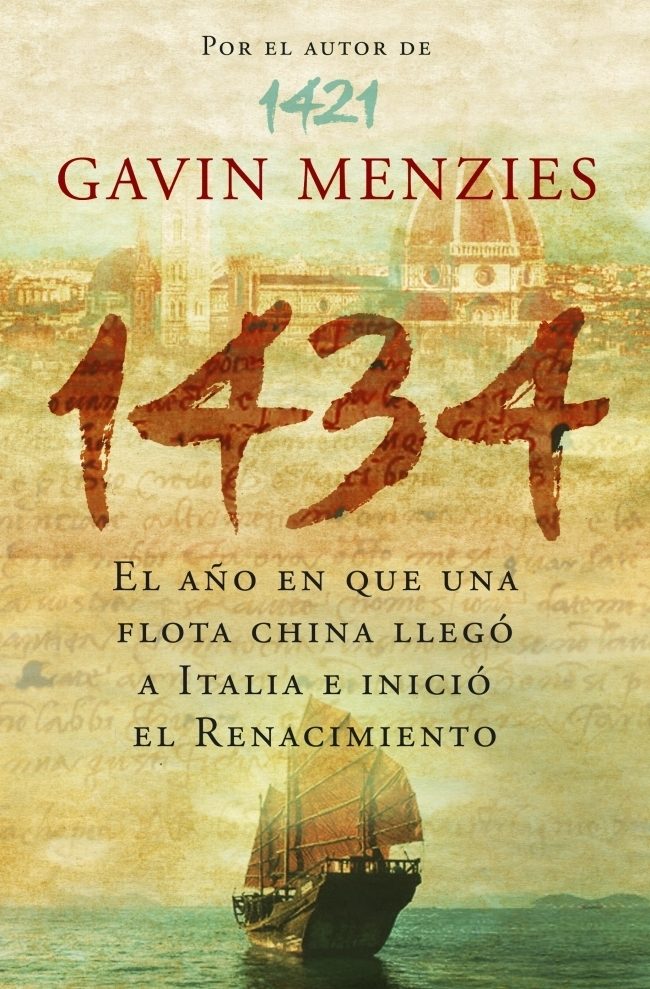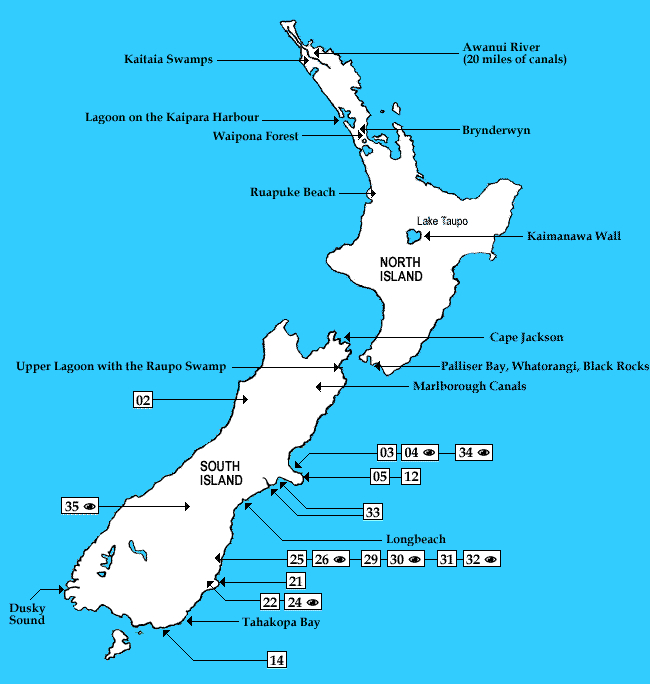

Parts of North and South America and some Atlantic islands, were used by EuropeanĮxplorers (including Columbus) when they started their own voyages decades later. So he relies upon three types of evidence.įirst, Menzies claims that Chinese maps from as early as 1428, allegedly showing Xenophobic Confucian officials who advised the later Ming emperors destroyedĪll records of these sea voyages.

Menzies has no "smoking gun" that proves his theory- because the

Of this theory, he offers no proof, only a great deal of circumstantial evidence

Gavin Menzies, a former British Royal Navy officer, argues in the bestsellerġ421: The Year China Discovered America, that squadrons from Zheng He'sįleets, between 14, did indeed get to the Americas first-as wellĪs to Greenland, Antarctica, Australia and New Zealand. History is: why didn't these Chinese flotillas beat the Portuguese and Spanish Indeed, one of the favorite themes of the history subgenre known as alternative The legendary admiral Zheng He, that sailed as far as East Africa and the Red Naval expeditions, commissioned by the Ming Emperor Zhu Di and commanded by Erudite and brilliantly reasoned, 1434 is sure to make headlines and change the way we see ourselves, our history, and our world.Every college world history textbook discusses the early 15th c. This gift of knowledge sparked the inventiveness of the Renaissance, including da Vinci’s mechanical creations, the Copernican revolution, Galileo’s discoveries, and more.įrom 1434 onward, Europeans embraced Chinese intellectual ideas, discoveries, and inventions – all which have formed the basis of European civilisation just as much as Greek philosophy and Roman law. The delegation presented the pope with a wealth of knowledge, from a diverse range of fields: geography (including world maps that the author believes were passed on to Christopher Columbus), astronomy, mathematics, art, printing, architecture, steel manufacturing, civil engineering, military weaponry, surveying, cartography, genetics, and more. Based on years of research, this marvellous history argues that a Chinese fleet, official ambassadors of the emperor, arrived in Tuscany in 1434, where they met with Pope Eugenius IV in Florence. In this provocative, highly readable history, Gavin Menzies makes the startling argument that China provided the spark that set the Renaissance ablaze. In 1434, Gavin Menzies offers a stunning reappraisal of history, presenting compelling new evidence on the European Renaissance, tracing its roots to China


 0 kommentar(er)
0 kommentar(er)
